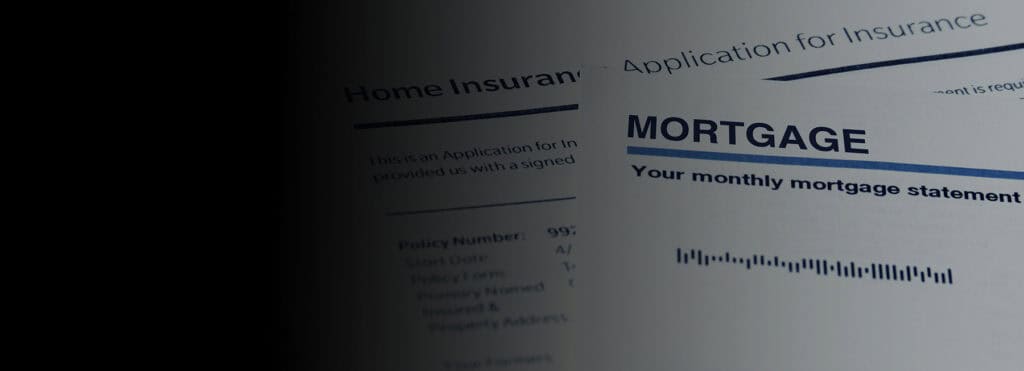In 2023, mortgage lending was shaped by rising home prices and a return to historically normal interest rates, creating an unprecedented perfect storm: high values attracted home investors looking for expensive assets and rental revenue, while higher borrowing costs limited the options for homebuyers.
This bleak picture emerges from the latest available comprehensive data on mortgage lending in the United States, which covers transactions in calendar year 2023. NCRC’s sweeping and detailed report analyzing that data, available here, provides both a summation of what’s already happened and a preview of what may be to come.
This pinch, which has helped compound the nation’s long-running crisis in affordable housing, is due to the over-financialization of housing in America. Instead of cooling off home values, prolonged pandemic-era low interest rates spurred a gold rush of investors, both large and small, buying US homes as they borrowed at super low rates against their existing homes. The housing finance system failed to adapt to this power shift from traditional owner-occupant borrowers toward medium- and large-scale landlording operations, leaving vast unmet demand for affordable options like manufactured homes or smaller mortgages.
As a result, the gap between renters and owners is widening. Homeowners are trapped in gilded cages, unable to move due to rising rates, while renters face skyrocketing rents, making it impossible to save for homeownership.
The future hinges on local communities. They need to curb the influence of market-distorting investors and build more housing—denser and cheaper than today’s single-family mini-mansions.
The local changes the housing market requires to function correctly are only possible with corresponding change at wider and higher levels of market activity and oversight. The problem demands a reconfiguration of housing finance.
Once used to fund construction costs, mortgage debt now serves Wall Street’s needs. The financial tail is wagging the household-wealth dog.
While COVID-19 remains a danger to public health, the acute shocks that the pandemic inflicted upon the US and global economies are now past. But those waning economic phenomena appear likely to have a long tail: The impacts of this global crisis will shape our economic and social landscapes for years to come.
Housing markets are a central forum in which those long-term shifts will play out. They both drive and reflect wider economic realities. This makes them among the most valuable venues for analysis and understanding – to the extent they can be rendered visible, in detailed and consistent fashion, across quarters and years and decades.
Few other areas of the economy are required by law to have their transactions and patterns logged and scrutinized in such detail as in housing finance and home lending. It is this rigorous set of rules that make analysis such as this report possible. We are able to identify and explore the radical swings of the American mortgage marketplace over the past half-decade and unearth key trends that hint at what’s to come.
Yet this high-resolution clarity required by statute and regulation – so valuable to lenders, borrowers and policymakers alike – is becoming worryingly blurry. The vital data-capturing activity the law has built into the housing finance system is being thwarted. The statistical transparency researchers, investors, borrowers and oversight leaders rely upon is endangered.
It is nonetheless possible to identify several signals within the noise.
What we have found is not encouraging. The data contain numerous indications that the US housing market is serving the wrong functions in our economy – capturing capital where it is neither needed nor constructive, rather than building sustainable opportunities to build wealth where it is absent.
Below we detail these trends, as well as a handful of brighter spots in the picture – while also sounding an alarm about threats to our ability to continue seeing into the housing market in these ways at all.
This new report is an assessment of what is visible, an explanation of what is not and an evaluation of what should be done about all of it. While it should be read in full to grasp the totality of the 2023 home lending picture, our key takeaways include:
- The share of loans to Hispanic and Black borrowers increased slightly, but cost and value metrics raise concern that non-White and less-wealthy homeowners might not gain the same long-term wealth building advantages from their homes as others.
- With high interest rates, refinancing loans declined to less than half of what was seen in 2021.
- Almost no secondary-market purchased loans retain demographic data, a signal to lawmakers and regulators that lenders are exploiting a loophole to blind those who monitor mortgage discrimination.
Jason Richardson is NCRC’s Senior Director of Research.




